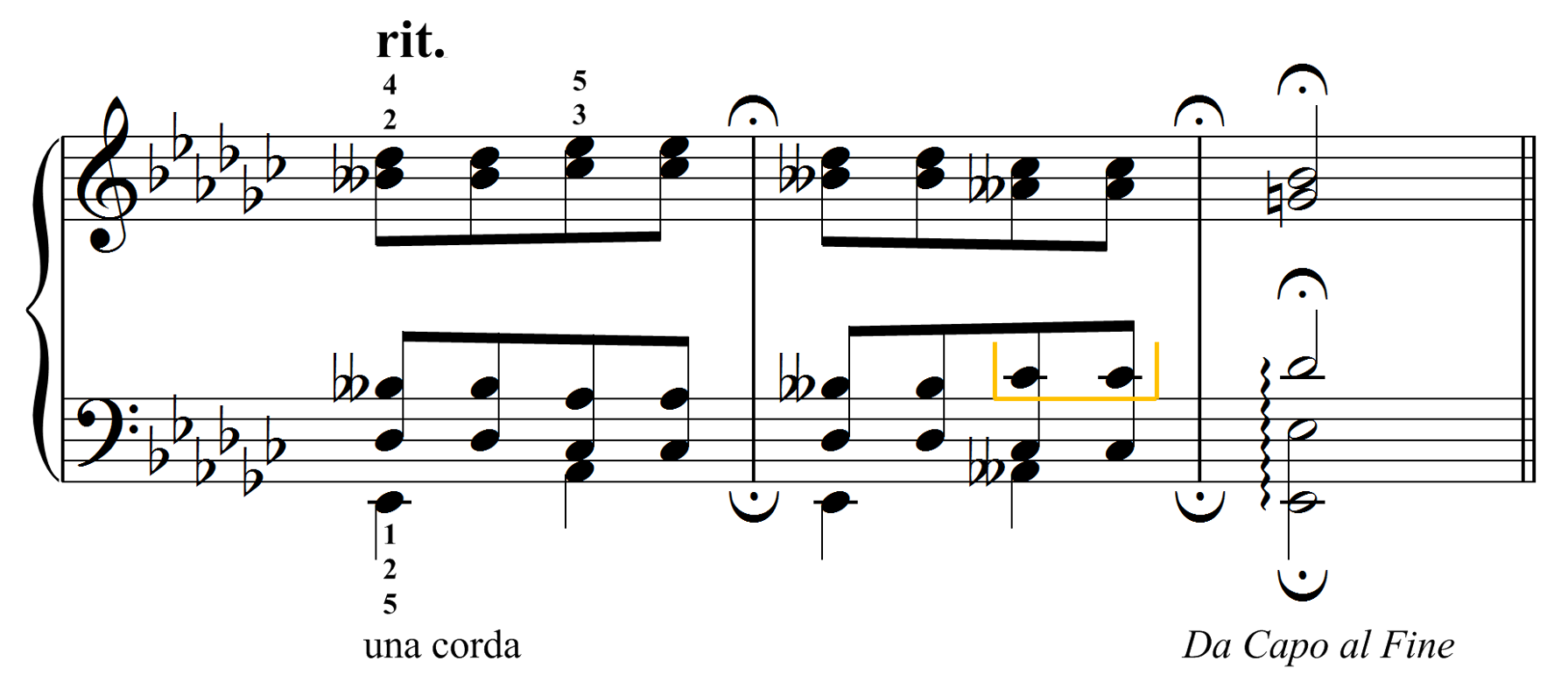“Playing the final B of m. 17 with the left hand facilitates a smoother delivery of the top line, resulting in more consistent voicing. Taking the bottom of the E octave in the left hand eliminates a very awkward leap at a fast tempo.”
Submitted by Michael Clark with thanks to Robert Roux
Published on 1/1/2020


















